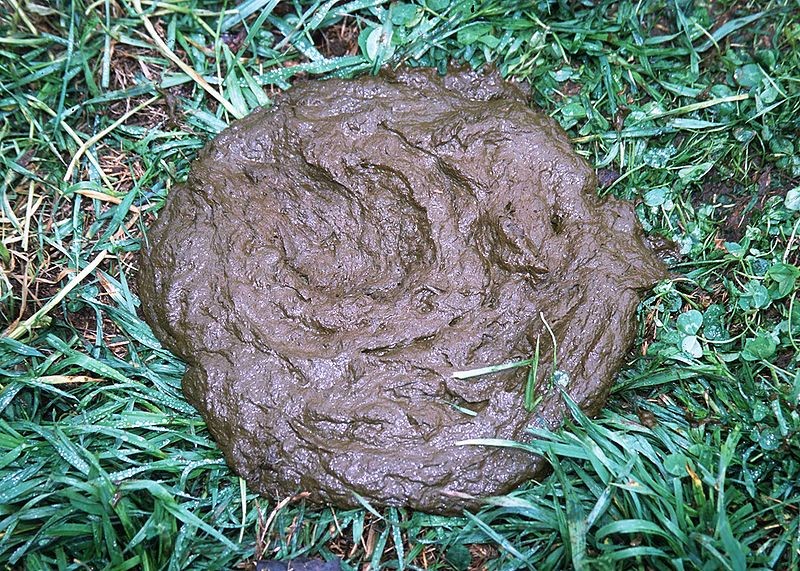
Habitat
Aphodius prodromus can be found on six continents, excluding Antarctica (Encyclopedia of Life 2013). A. prodromus primarily live in soil, but other dung beetles closely related primarily live in the dung itself. This beetle uses dung mostly as a nutrition source.
Biomes: As mentioned before, A. prodromus can be found on almost every continent! That means this beetle can live in quite a range of environments. Let us review our biomes to see the range of A. prodromus' environment. Biomes that these beetles can be located are temperate and deciduous forests, the tundra, deserts, taigas, and rainforests. These beetles can also be found near lakes, rivers, ponds, creeks, marshes, and streams.
Dung Preference: Within the different continents this beetle can be found in a variety of dung, including cow, sheep, horse, alpaca, kangaroo, and pig (Arnaudin 2012). As long as there is dung, this beetle will find it! Although location is not a determining factor for these beetles, temperature and rainfall could be.
Temperature and Rainfall: A. prodromus prefers its habitat to be around 19-30 degrees Celsius (Bertone 2004). Beetle presence in extremely cold and extremely hot temperatures are considerably lower than at the 19-30 degrees Celsius temperature. This indicates that this beetle prefers the months of April through November. Rainfall could also play a key in beetle abundance and habitat preference (Bertone 2004). Moist environments are favored by A. prodromus and other dung beetles. This could be due to the fact that the beetles need the dung to moist in order to move into it.
Location Diversity: As mentioned before, these beetles are not alone! Other organisms that are likely to be close to these beetles are earthworms, bacteria, fungi, and flies (Arnaudin 2012). All of these organisms can be found decomposing and feeding on the dung of bovine animals.
Predators: Although I have mentioned earlier that A. prodromus shares it’s habitat with earthworms, flies, other beetles, bacteria, and fungi, it also has a wide variety of predators that also share its habitat too! One interesting fact is that another beetle is a predator! Not only does this Rove beetle (Coleoptera: Staphylinidae) predate A. prodromus, it also rips the legs off the prey it eats before dragging it back to its nest and consuming it (Young 1998). Another common predator to this dung beetle are birds! Birds are also known to tear off appendages before consuming their prey (Young 1998). More predators include bats, mice, shrews, and other small mammals.


